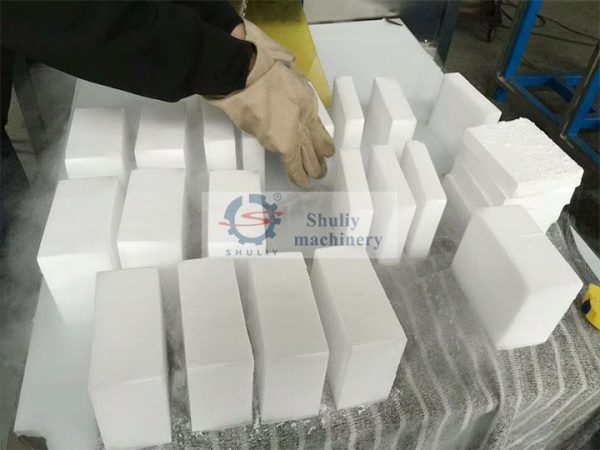
Is Dry Ice Dangerous?ĭry ice is safe to use in areas with air circulation, but it can cause carbon dioxide buildup in small enclosed spaces.
#Dry ice blocks near me how to#
The following guide explains the answers to a few commonly asked questions about how to safely handle dry ice. Only use dry ice in well-ventilated areas and don’t let the concentration of carbon dioxide in the air reach 5% or higher.While it’s safe to use dry ice near food, it should never be ingested, as it can cause internal frostbite.Wear heavy gloves before handling dry ice, as it can cause frostbite if it’s touched directly.Dry Ice SafetyĪnyone can take advantage of the many benefits of dry ice, but there are several safety techniques to keep in mind: Dry ice can also attract mosquitoes away from people and clean delicate electronics without corrosive chemical solvents. Pest control technicians use it to force gophers out of their holes, which lets the technician close the burrows without hurting wildlife. The entertainment industry, for example, uses dry ice to create a smoky effect without an open flame. There are a multitude of other applications in commercial settings. Because of its low temperature, dry ice inhibits bacterial growth and slows decay, which makes the food crisper, fresher, and flavorful for as long as possible. The food and agriculture sector, for example, uses dry ice to keep food from spoiling during transport. Commonly found in commercial settings, the compound is versatile and offers benefits to a broad variety of industries.


The name "dry ice" has been used since 1925, when a manufacturer first trademarked it. At -109° F, dry ice is also significantly colder than the 32° F surface temperature of regular ice.ĭry ice was discovered in the early 1900s and first entered commercial production in the 1920s. Instead, it converts directly back into its gaseous form in a process known as sublimation. Unlike regular ice, dry ice doesn’t melt into a liquid as it warms up. Depending on whether it’s created in a pelletizer or a block press, dry ice can then be made into pellets or large blocks. Dry ice is made by liquefying carbon dioxide and injecting it into a holding tank, where it’s frozen at a temperature of -109° F and compressed into solid ice.


 0 kommentar(er)
0 kommentar(er)
